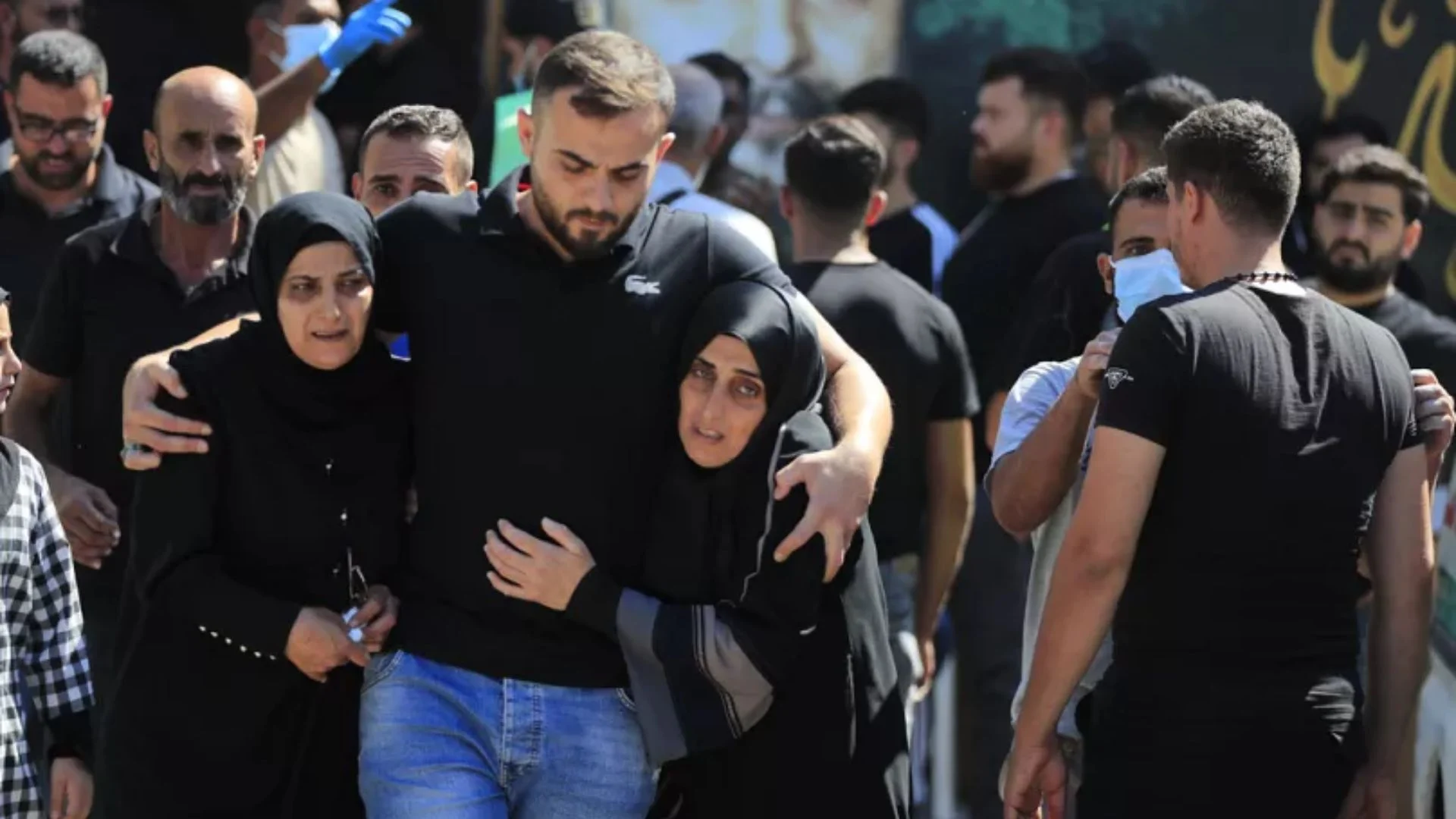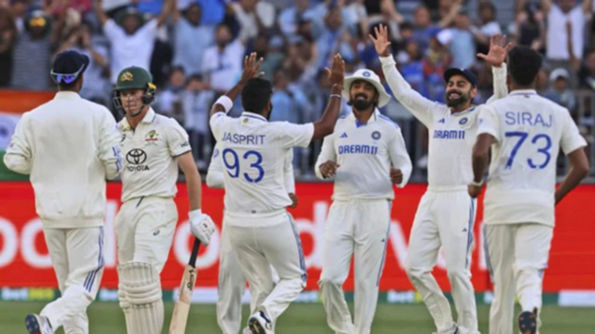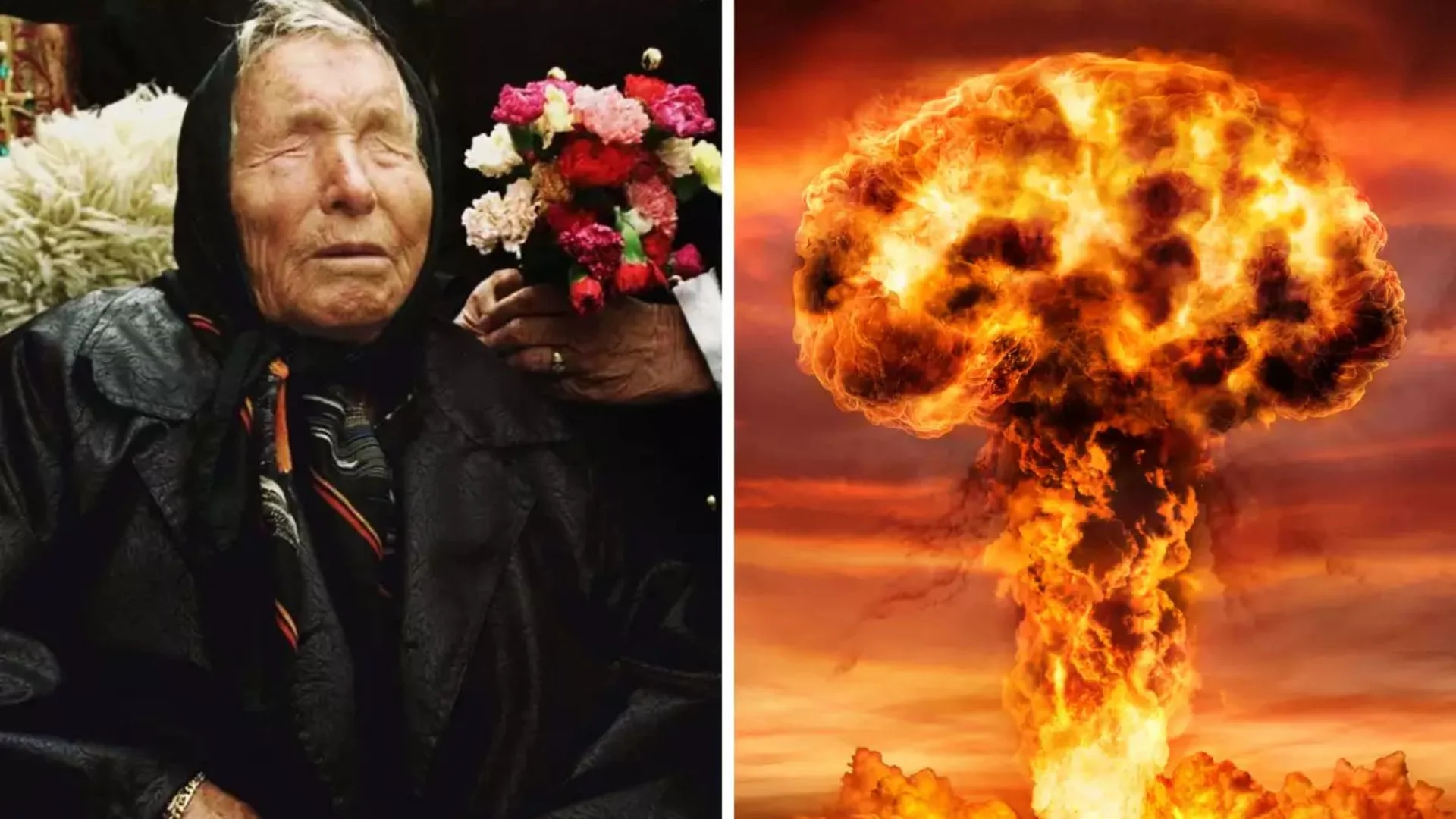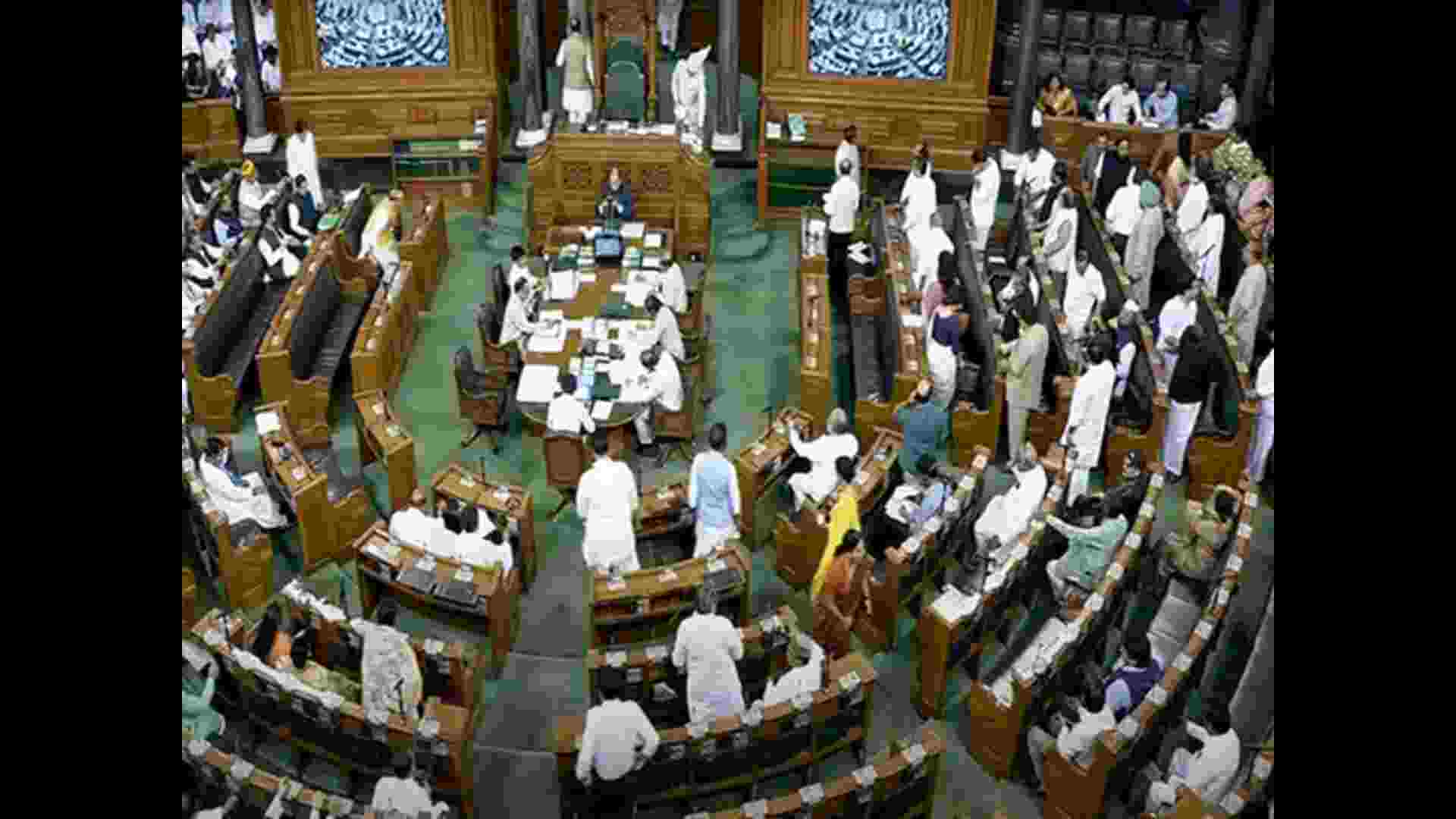
‘For there is assuredly nothing dearer to a man than wisdom and though age takes away all else, it undoubtedly brings us that.” Affirmed Cicero, the Roman philosopher, ages ago. It is time we question ourselves if at all we are valuing this wisdom. One of the indicators of India’s progress should compel us to think through much deeper than this. The increase in life expectancy at birth in India, which is 70 years (United Nations Population Division. World Population Prospects: 2019) is indeed catching up with the global average of 73.4 years. This increase is resulting in a surge in the number of elderly people, with projections of 300 million elderly (more than 20% of the total population) by 2050. Catching up with the global average in statistics is not accompanied by adequate facilities, services, and support systems as a whole that can be considered age-friendly. This only means that India has to work much harder to catch up economically as well as socially.
One of the largest nationwide surveys called ‘Longitudinal Ageing Study in India (LASI)’ published in 2021 has turned out to be an eye-opener on aspects related to the burden of disease, functional health, and the social and economic wellbeing of elderlies. LASI covered a panel sample of 31464 individuals aged and their spouses aged 60 years and above and 6,749 oldest-old persons aged 75 and above from 35 states and union territories of India (excluding Sikkim).
The demographics are mindboggling, 2020 was the year when the world witnessed the number of people older than 60 years of age surpass the number of children under 5 years of age. The resultant life extension, without reducing aging, has increased the extent of aging and age-related diseases. This dramatic increase in life expectancy has increased the risk of disease, disability, dementia, and advanced aging before death. An elderly in India rightly exclaims: “Years are being added to my life, life is not being added to my years: the extra years are being added at the very end of my life and are of poor quality.
Talking about systems and mechanisms that extend care, services, and support to the older people, a lot depends on the settings which vary from those residing in their own homes, and those that access support through old age homes, nursing homes, day-care centres, and many more such units depending on the nature of the problems they face. Essentially, care of the elderly also necessitates ways and means that need to be evolved to address varied issues of varied elderly. The elderly population is not a homogenous group, especially in a diverse society like India. The
Concerns of the young-old and oldest-old vary considerably in terms of financial security, functional competencies, loneliness, and social and work participation. Heterogeneity is visible when it comes to urban and rural geographies. Those residing in rural areas are comparatively less vulnerable when compared to their urban counterparts. As much as the reality reflects that no two elderlies are the same, even the government does not view them in the same frame as far as their needs and challenges are concerned. These obvious disparities naturally fail to register their problems as most elderly get classified based on caste and other socio-cultural dimensions. Likewise, pension and social security are also restricted to those who have worked in the organized sector, as against those who have been labourers for a lifetime in the unorganized sector.
India has also been witnessing an upward trend when it comes to the living arrangement patterns of elderlies. Many today are staying alone or just with their spouses.
The features of joint family systems are not just declining but vanishing speedily in correlation with economic development and modernization. Services that respond to the needs of the elderly are another side of the coin. Despite an aging population, geriatric care is unheard of in our country. Both the system and services focus little on this very age group, with no dedicated facilities for elderly people. Whatever little is available, exists in urban areas alone. One of the greatest challenges that show an increasing trend is elder abuse among those that are functionally impaired, and live all alone.
While the nurturing of an age-friendly ecosystem for the elderlies will take its own time, as the current focus is on adolescents and youth in the light of demographic dividend, a clear strategy to leverage their existence by sensitizing them regarding the challenges of elderlies should not be ignored. Over and above the commitment from governments, a comprehensive support system for the elderly is possible only with the involvement of the elderly themselves, their families, and the communities next door, as the challenges are not limited to economic needs, socio-cultural disparities, or health care requirements alone, the spectrum is much wider than what can be explained in words.
Enhancing the social participation of older adults is a critical factor in achieving the goals of successful aging. Such a participative perspective is indeed present in the current aging discourse the more active the elderlies are, the more they contribute to society. However, the social participation of the elderly has not yet been a focus of the aging discourse in India.
Coming back to the wisdom which Cicero talked about, our socio-cultural fabric should be willing and ready to print the images that emerge from the immense experience of the personal and professional lives of elderlies. It is time we leverage this for a better tomorrow.
The author has attained her PhD in Public Health Policy with a specific reference to policies of government of India vis-à-vis the population, reproductive health and family welfare aspects.















